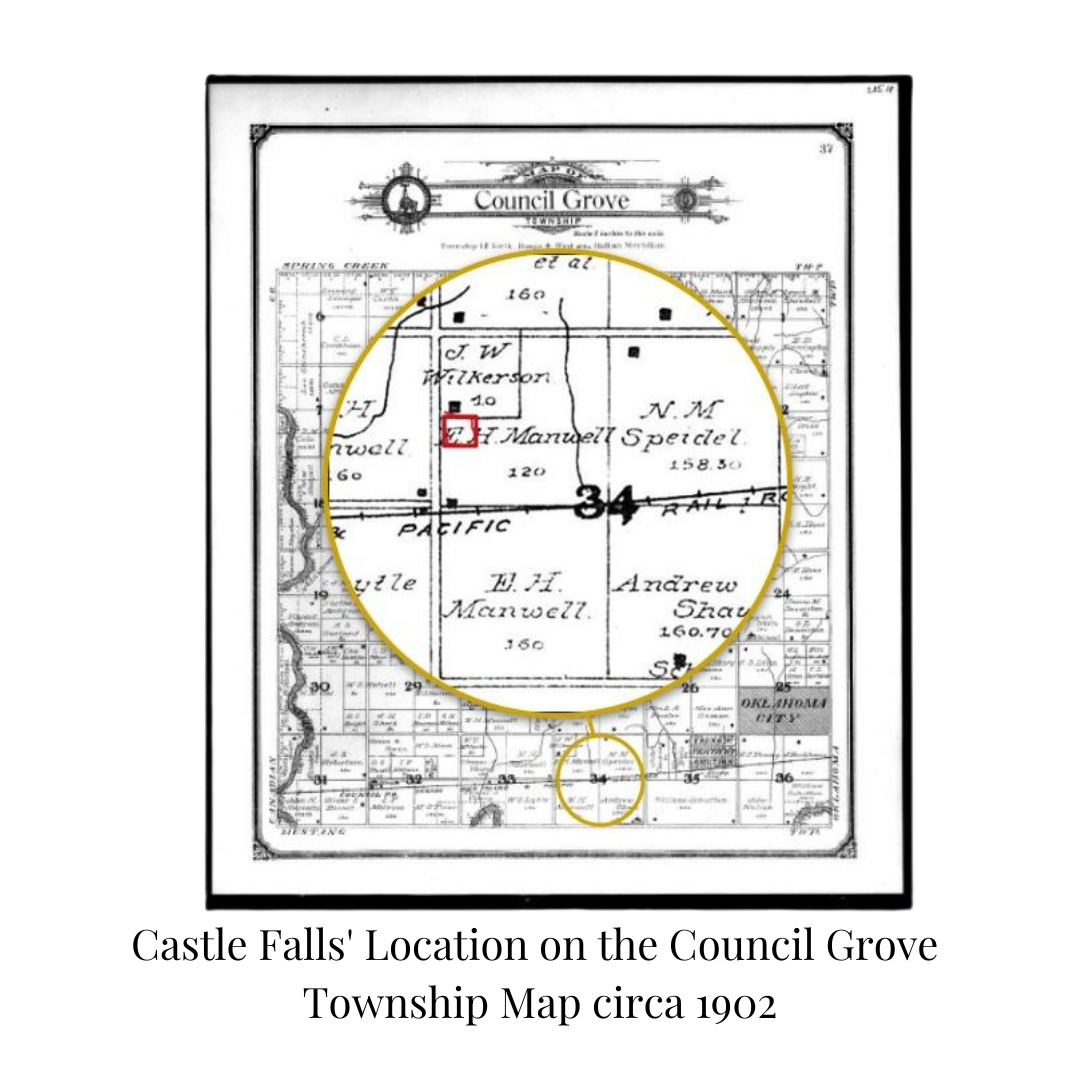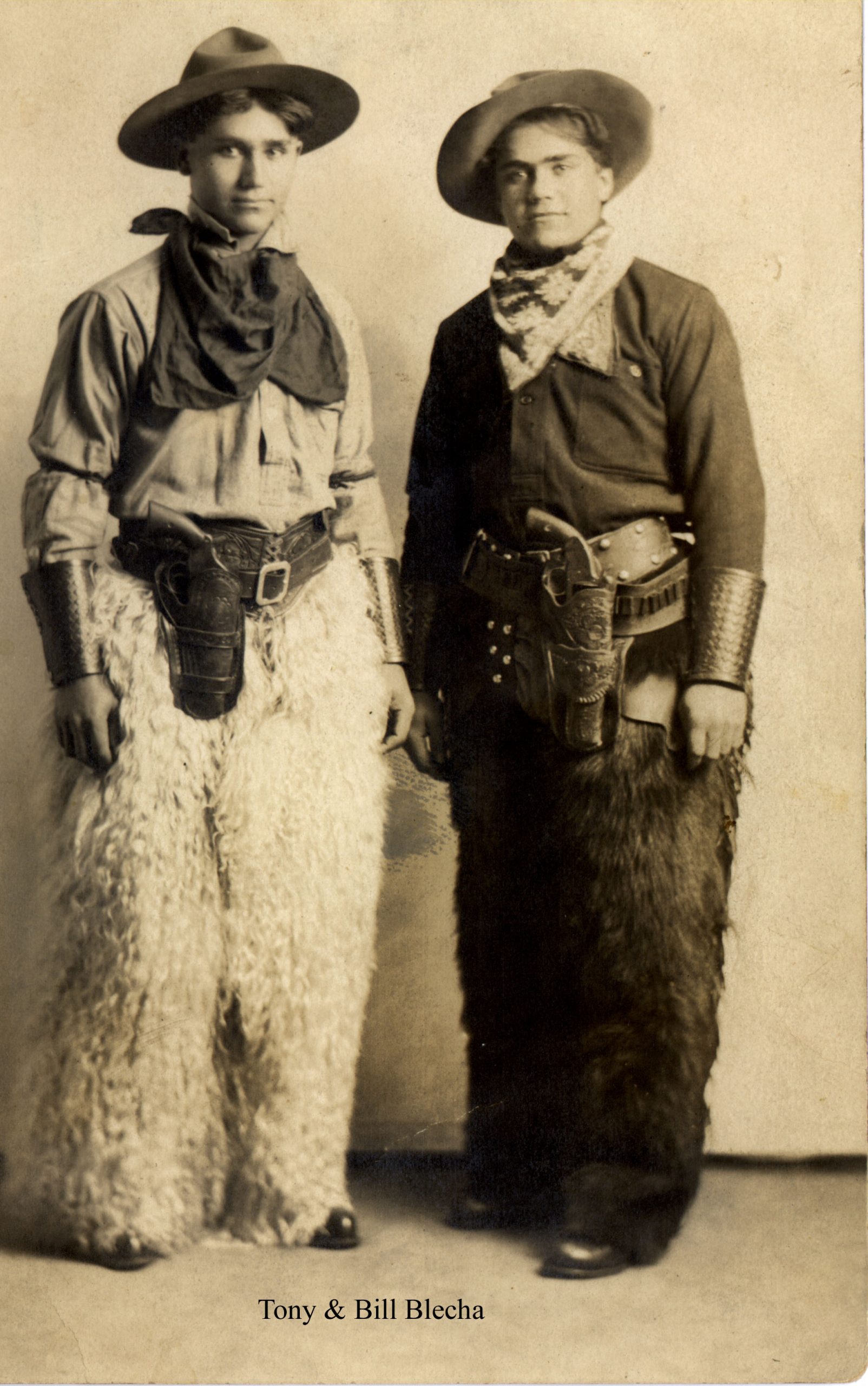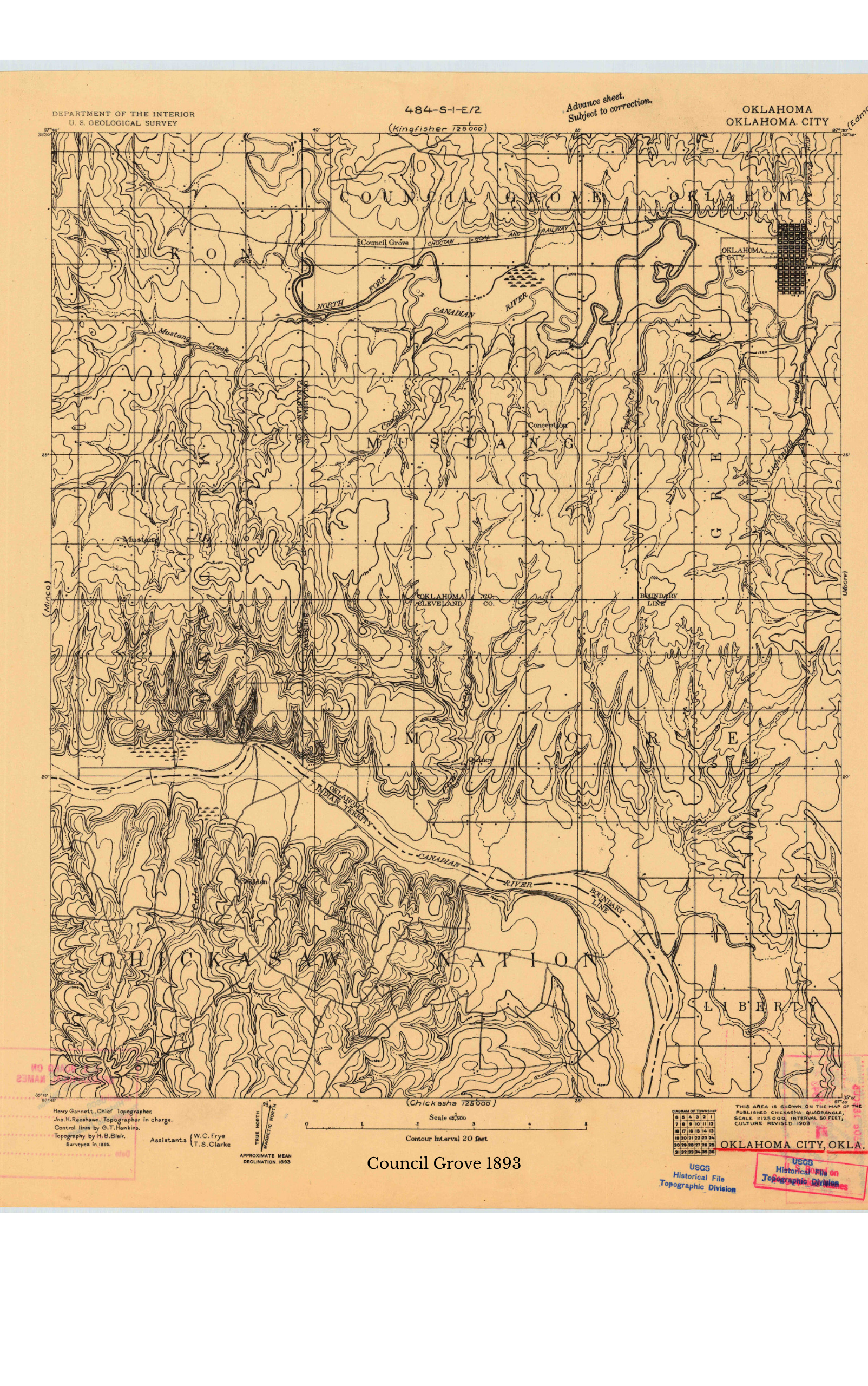Historically
Local Tour
"We must always 'move forward.' The future is a certainty; our participation in it is the choice."
Amy Rollins, Proprietor
As a restaurant and venue owner navigating the uncertainty of COVID, the history of original owners Bill and Opal Blecha became my inspiration. The Blechas broke ground on the castle on 1.23.45, commencing construction before World War II was even over. Their foundational spirit of sheer persistence to simply move forward motivated us to make that same choice.

Council Grove
A piece of Oklahoma City history lives here at Castle Falls! 📍 Learn about the Historical marker at our entrance denoting the historically significant Council Grove, Oklahoma City's original meeting place. The tour is on the third Saturday of each month, from noon to 1 pm. No charge, but registration is required.



